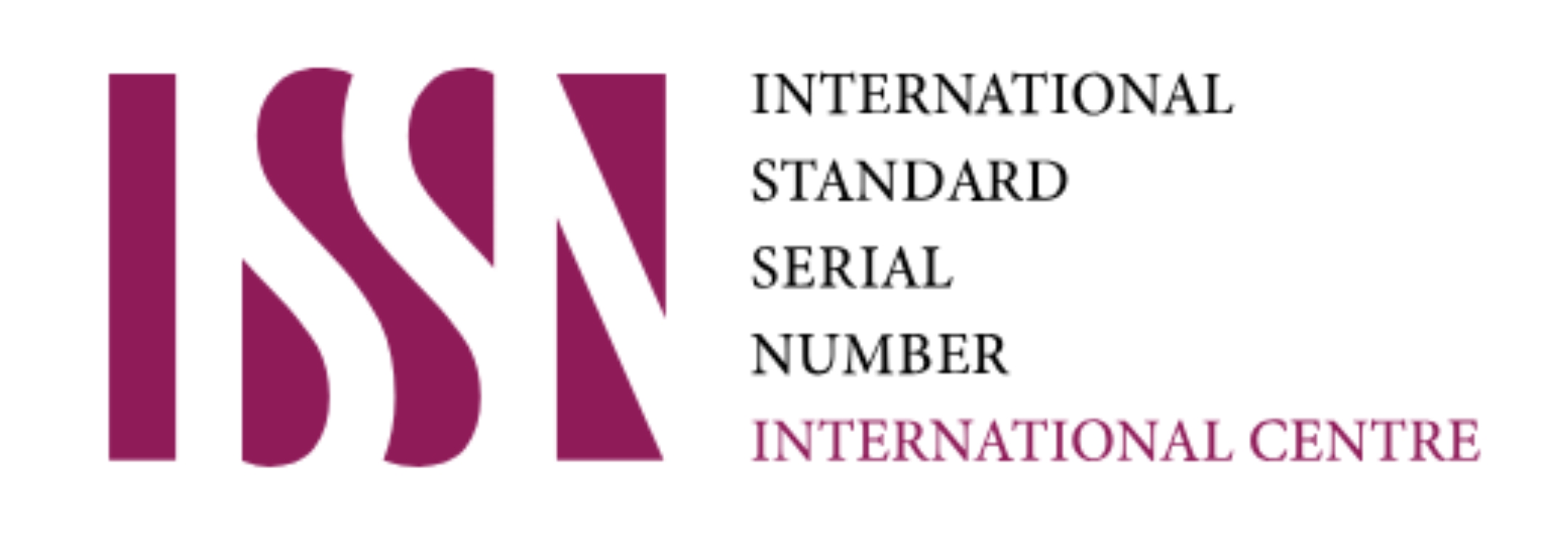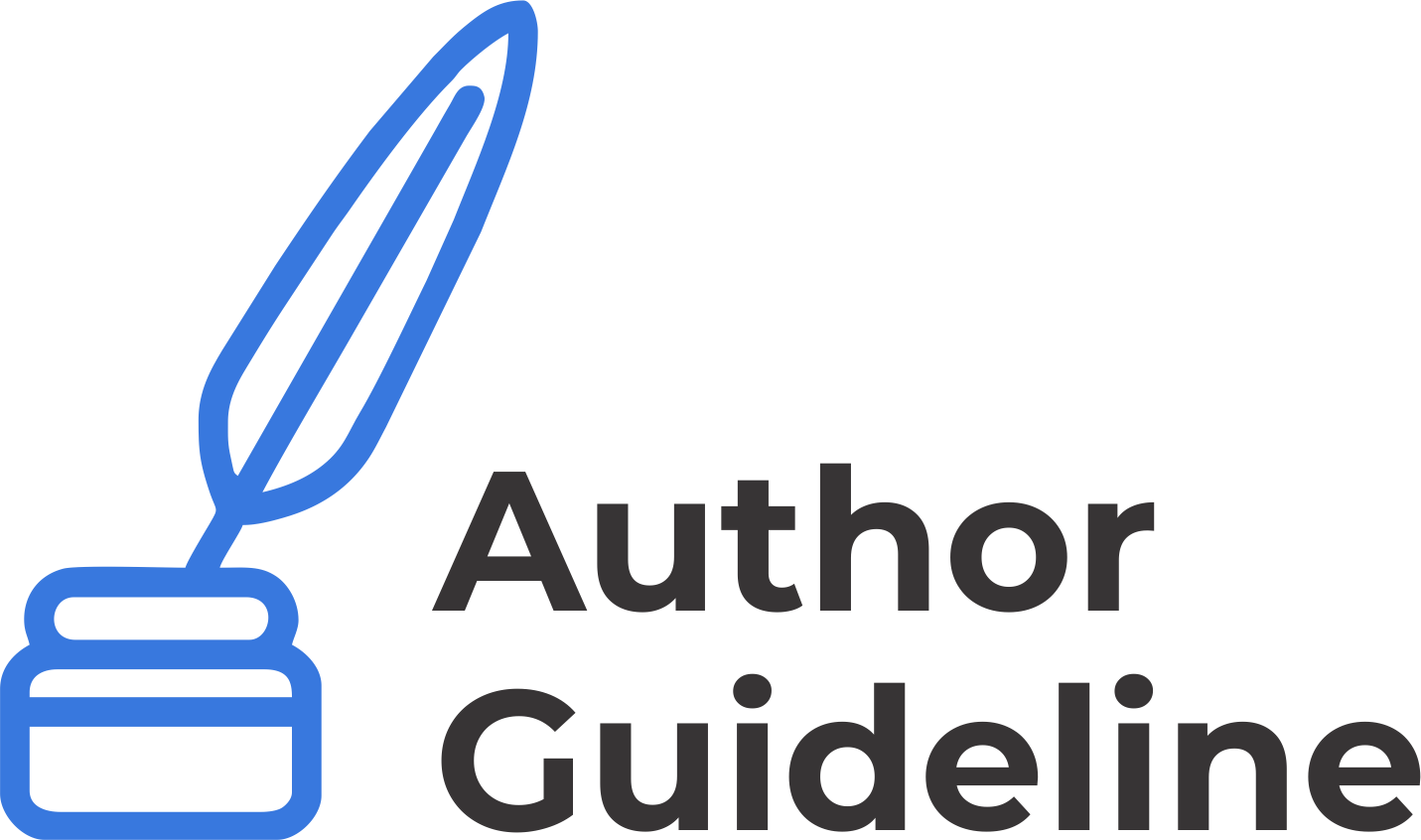Menggunjing Relief Candi Borobudur sebagai “Cikal Bakal” Komik Indonesia
Abstract
Referring to the study of Indonesian Comics, most of the critics and researchers agreed on Indonesia's first comic is Put On, (Kho Wan Gie), published in the 1930s in Sin Po Daily in the form of humorous strip comic medium. Most consider the reliefs of the Borobudur temple, wayang beber, and wayang kulit as "forerunners" of Indonesian comics. This is an odd compilation that considers Put On as the first Indonesian comic while believing the relief of the Borobudur temple as the forerunner to the form of comics as a medium. Also, historically it has no logical connection, both in terms of continuity (continuity) and change (change). Such claims are also related to the triumph of ahistorical traditional notions of comics. This incident caused the relief of Borobudur temple to be dragged into the comic category, or claimed to be the forerunner of Indonesian comics. This essay explores the socio-historio-cultural context to expose this. From the description of the arguments obtained several conclusions that: 1) Relief of the Borobudur temple cannot be approved as the forerunner of Indonesian comics, which have no continuity and also ‘the genealogy line is quite clear; 2) Modern Indonesian comics do not inherit relief or puppet traditions in terms of stylization, technique, material, axonometric revolution and also the direction of reading; 3) The form, structure, characteristics, and mediums of Indonesian comics in the early days of their emergence, were known by Indonesian comic artists through the learning process for foreign painters/artists, or by introducing European and American comics which were sent in advance and transferred to Indonesia.
References
Bonneff, Marcel. (1998). Komik Indonesia. Jakarta : Kepustakaan Populer Gramedia
Duncan, Randy & Matthew J. Smith, (2009). The Power of Comics : History, Form, & Culture, The Continuum, International Publishing Group Inc., New York.
Eisner, Will. (2000). Comics & Sequential Art, Poorhouse Press, Florida.
Gie, Kho Wan, (2014). Komik Put On, Edisi Sin Po, Pustaka Klasik, Jakarta.
Hayman, Greg & Henry John Pratt, (2005). What are Comics?, dalam Goldblatt & Lee Brown (Eds.), A Reader in Philosophy of The Arts, Upper Saddle River, NJ: Pearson Education Inc., Hlm. 419-424
Holt, Claire, (2000). Melacak Jejak Perkembangan Seni di Indonesia, Masyarakat Seni Pertunjukan Indonesia (MSPI), Bandung.
Kartika, Dharsono Sony & Nanang Ganda Perwira, (2004). Pengantar Estetika, Penerbit Rekayasa Sains, Bandung
Lent, John A., (2015). Asian Comics, Univ. Press of Mississippi
Maharsi, Indiria. (2010). Komik : Dunia Kreatif Tanpa Batas, Kata Buku, Yogyakarta
McCloud, Scott, (2008). Memahami Komik, Penerbit KPG, Jakarta
Meskin, Aaron, (2007). Defining Comics?, dalam The Journal of Aesthetics and Art Criticism, 65 (4), Autumn 2007, Hlm. 369-379.
Nirwana, Aditya, (2016). Menyoal Komik sebagai Karya Seni Rupa dan Sastra, dalam Purnomo (Ed.) An Anthology of Scientific Articles July 2016, Universitas Ma Chung Press, Malang, Hlm. 95-116
Osborne, Harold, (1970). Aesthetic and Art Theory : An Historical Introduction, E.P. Dutton, New York
Petersen, Robert S., (2011). Comics, Manga, and Graphic Novels : A History of Graphic Narratives, World Wide Web, California
Poedjawijatna, (2005). Pembimbing ke Arah Alam Filsafat, Rineka Cipta, Jakarta
Pollitt, J.J., (1972). Art and Experience in Classical Greece, Cambridge University Press, London
Saraceni, Mario, (2001). The Language of Comics. Routledge, London
Sumardjo, Jacob, (2000). Filsafat Seni, Penerbit ITB, Bandung
Sumaryono, E., (1999). Dasar-dasar Logika, Penerbit Kanisius, Yogyakarta
Surajiyo, (2014). Ilmu Filsafat : Suatu Pengantar, Bumi Aksara, Jakarta
Tabrani, Primadi, (2009). Bahasa Rupa, Penerbit Kelir, Bandung.
Teeuw, A., (2013). Sastra dan Ilmu Sastra, Pustaka Jaya, Bandung
W.P., Anton, (2010). Kisah Komikus Legendaris Dunia, Buku Kata, Solo.










 This work is licensed under a
This work is licensed under a 